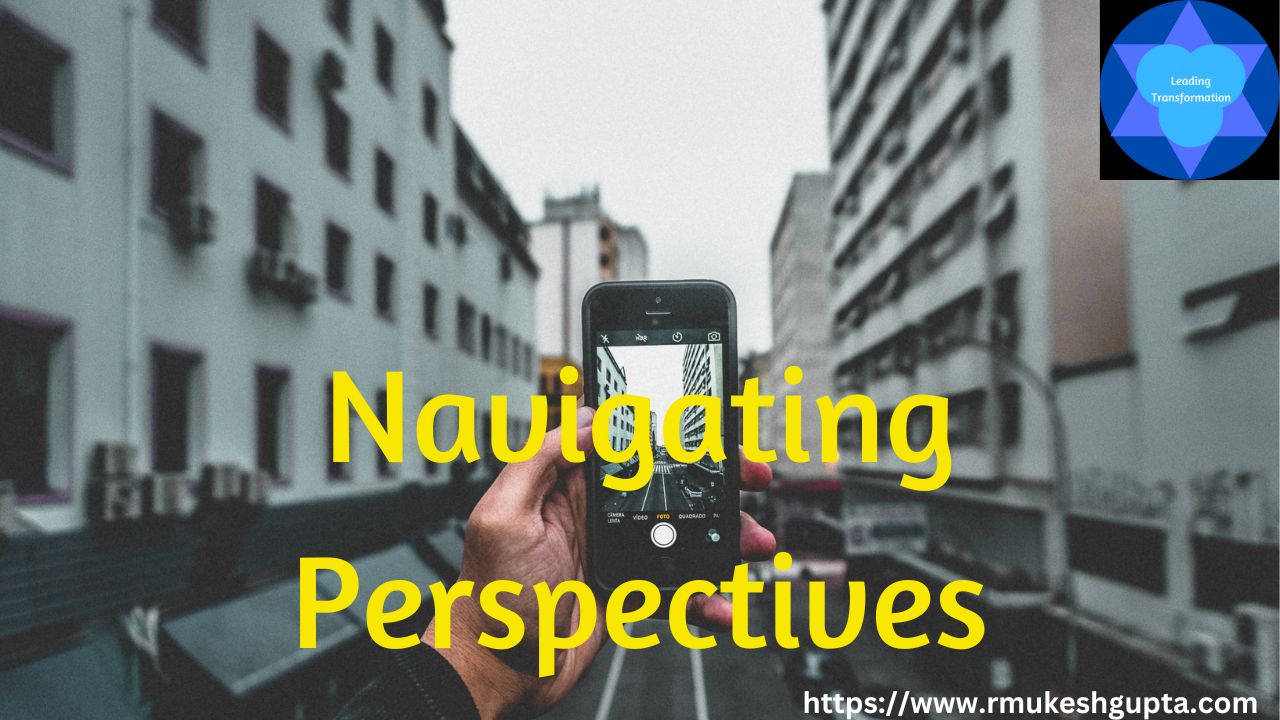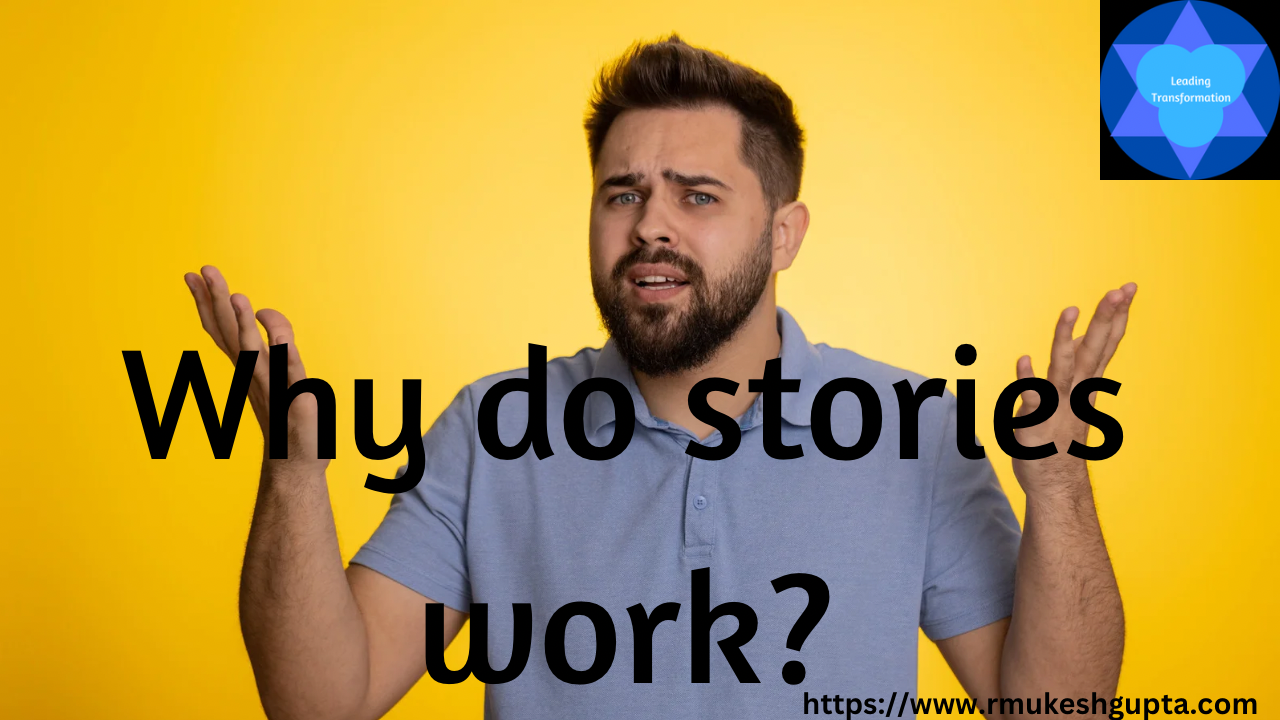Premise:
There is a lot of talk about the importance of building diversity in our workforce and how it is to be considered as an investment in top talent, new ideas, and better connections.
Then there is a lot of talk about integrating millennials in our workforce and giving them a lot of exposure and opportunities to bring in their perspective to the business.
Both of these are great thoughts and in principle sound extremely sound ideas to implement. However, most organisations need to be careful about how they go about implementing these within their organisations.
The first question we need to ask ourselves is the following:
What do we mean by workforce diversity?
Is it diversity based on physical traits like gender, race, age?
Is it diversity based on educational qualification or experience?
Is it diversity based on any other attribute?
I believe that there are three kinds of diversity that we need to bring in our workforce to truly reap all the benefits of diversity.
Diversity of Physical Traits:
It is important to have diverse workforce based on their physical attributes. People of different ages, races, genders think differently and bring in their perspectives to play. This is also an easy way to build diversity in the workforce as it is easy to see the composition of our workforce and see where we lack and then go about filling the gap. This is also the most basic kind of diversity which brings in some amount of benefit but if we stop here, we are only scratching the surface when it comes to how much we can benefit from diversity.
Diversity of Thought:
While diverse people from different cultures, races and genders do bring in some amount of diversity of thought, we need to be constantly on the look out for group-think and ways to counter the same.
It is ok to have people who look very similar to each other but their approach to problem solving or challenging situations is very different. We need people who are good at big picture thinking, people who can execute anything that they put their mind to and connectors who can connect and keep both the kind of people working together.
Diversity of Experience:
We need people who have different experiences. When I say, experiences, i don’t necessarily just mean work experiences. It could be varied experiences like for example someone who loves the outdoors and is passionate about sports, someone who loves reading books, someone who loves meeting new people, someone who loves adventure sports, someone who loves cooking, someone who loves watching movies, all working together in a team, someone who has travelled a lot, etc.
You get the drift. Each one of these experiences and passions teaches them different things and these experiences can come in play when you are need diverse ideas and thinking.
Chaos and Conflicts:
Having a truly diverse workforce means that there will be a lot of tension within the organisation. What this means is that we need two things to be put in place as quickly as possible:
We need to have managers who have high Emotional Intelligence and are able to deal with the conflicts and chaos as they arise, and arise they will. In addition to that they need to be able to able to create this tension, when needed to benefit from the diversity of thought.
We also need to build a culture where people expect these tensions. A part of doing that is to have a clearly defined mechanism to deal with this tension that builds up in the organisation.
If this mechanism to resolve the tension breaks down or we don’t have managers who can’t deal with the conflicts and tensions, all hell breaks loose in an organisation that has significant diversity. . It is important that everyone knows and understands this process clearly and buy-in to the process completely.
Maintaining Diversity:
As with everything else in life, things tend to continuously change. So, will your workforce with time and experience of working in your organisation. Typically, they will learn what works, what doesn’t; what kind of behaviour gets rewarded and what kind doesn’t. This will tend to push people to adopt the kind of behaviour that gets rewarded. This in turn will lead to the erosion of diversity, at all levels, thereby bringing in group think. As leaders it is our responsibility to be aware of this tendency and to be intentional about maintaining diversity at every level and dimension. We can do this by building a culture where it is not only fine to have a differing opinion but encouraged to have these differences in certain phases
In Conclusion:
While a diverse workforce can be a great strength, it can also lead to situations which, if not managed well, can signal trouble. So, it is important to ensure that we know what we are getting into. It is important to not just bring in the diversity but also to maintain the diversity, at all levels.




